Daniel W. Coburn – Special Interview By Catalin CROITORU | A Spiritual Cleansing Through Water
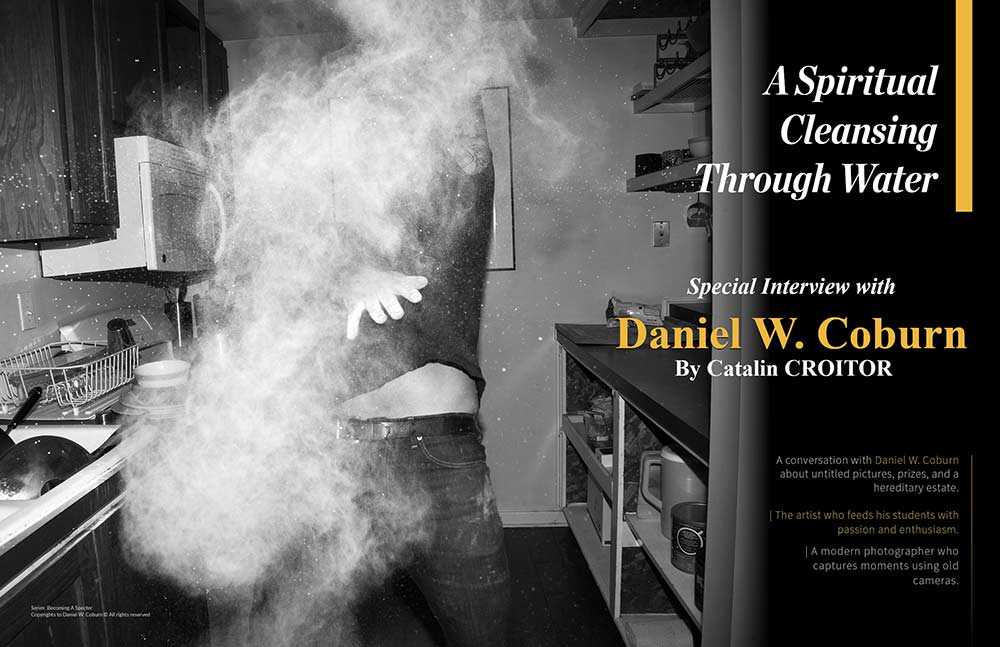
Copyrights to Daniel W. Coburn © All rights reserved
A conversation with Daniel W. Coburn about untitled pictures, prizes, and a hereditary estate. | The artist who feeds his students with passion and enthusiasm. | A modern photographer who captures moments using old cameras.
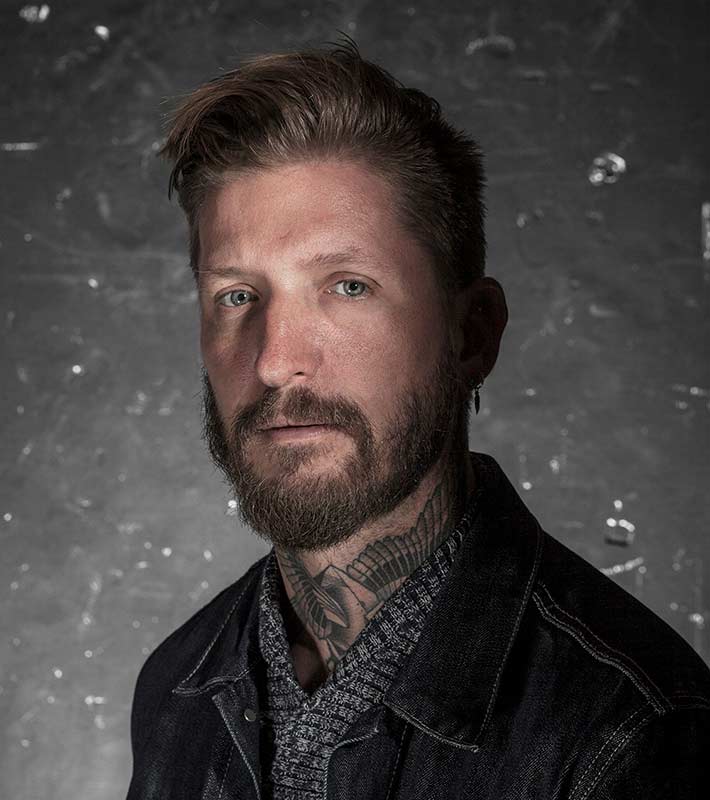
Copyrights to Daniel W. Coburn © All rights reserved
Daniel W. Coburn was born in San Bernardino, California, in 1976. His work and research investigates the family photo album as one component of a visual infrastructure that supports the flawed ideology of the American Dream.
Coburn’s friends and family members confront his camera to construct a potent amendment to the idealized family album. Daniel’s projects illuminate important issues that are often suppressed in traditional family albums. In doing so, he has expanded the perimeter of visual information considered for inclusion in new iterations of the family album.
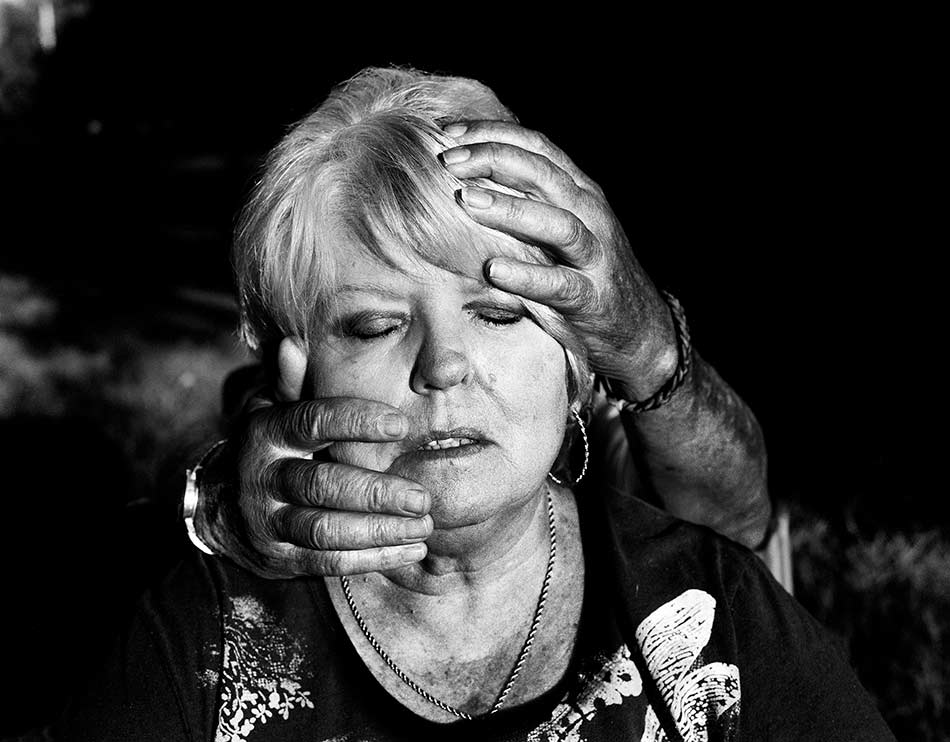
Copyrights to Daniel W. Coburn © All rights reserved
Coburn’s prints are held in collections at major institutions, including the Museum of Contemporary Photography at Columbia College, The Marianna Kistler Beach Museum of Art, and the University of New Mexico Art Museum. His photographs have been the subject of solo exhibitions at the Mulvane Art Museum, Silver Eye Center for Photography, Filter Photo Space, and La Fototeca Gallery.
Photographs from Daniel’s comprehensive body of work have appeared in numerous international group exhibitions, including Álbum de Família at Centro Municipal de Arte Hélio Oiticica, in Rio de Janeiro, Brazil. His first monograph, The Hereditary Estate, was published by Kehrer Verlag in 2015.
Daniel W. Coburn is a recipient of a 2017 John Simon Guggenheim Memorial Fellowship.
He served as Assistant Professor of Photography at the University of Kansas and as a Lecturer of Contemporary of Art at the University of Sydney. He currently works as an independent artist and educator.
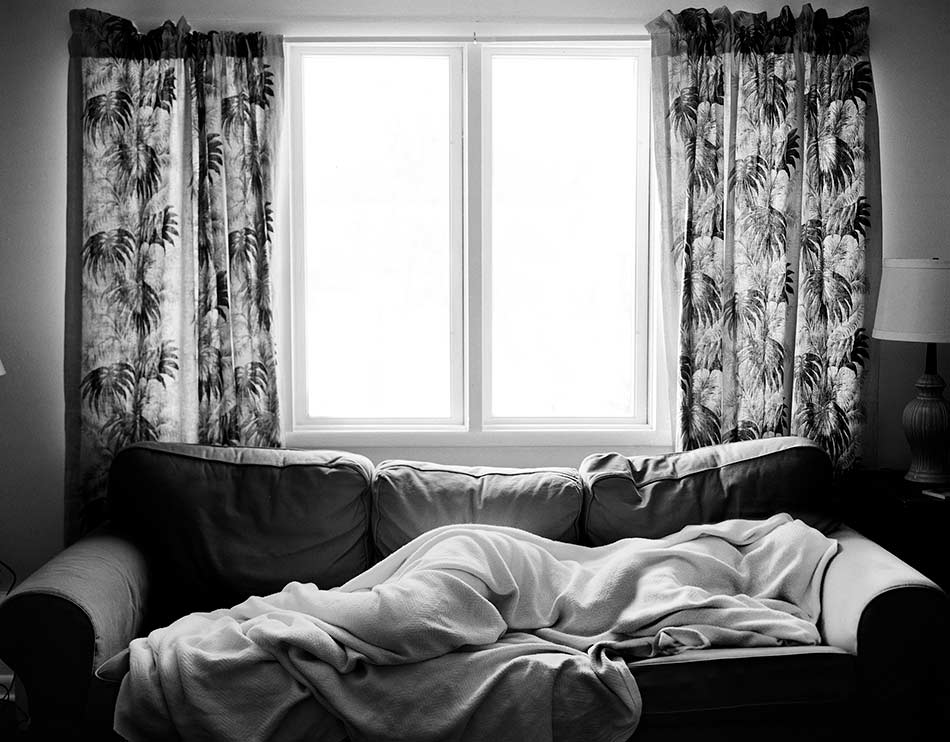
Special Interview with Daniel W. Coburn
By Catalin CROITORU
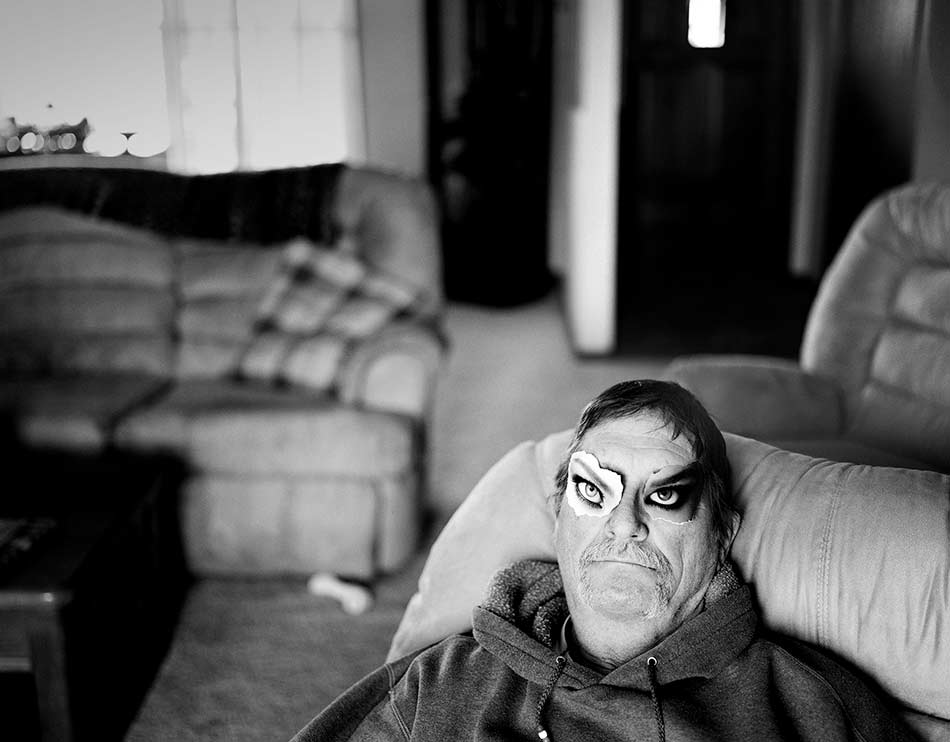
Copyrights to Daniel W. Coburn © All rights reserved
Catalin CROITORU: In 2017, you were named as a finalist of the Arnold Newman Prize for “new directions in photographic portraiture,” and also you have received the John Simon Guggenheim Memorial Fellowship. What have these two high awards meant for you and for a career?
Daniel W. Coburn: It is a great honor, and I feel privileged to receive these awards. This type of distinction offers validation for the work that I have made over the past fifteen years. My newest series, Becoming a Specter, was partially funded by the Guggenheim Fellowship. Because of this monetary award, I was able to live in Mexico for six months while making photographs for that body of work.
Those images were recently the subject of a solo exhibition at Elizabeth Houston Gallery in New York and The Print Center in Philadelphia. I hope Becoming a Specter will be the subject of my next monograph. I think these awards have helped make my work visible to a larger audience.
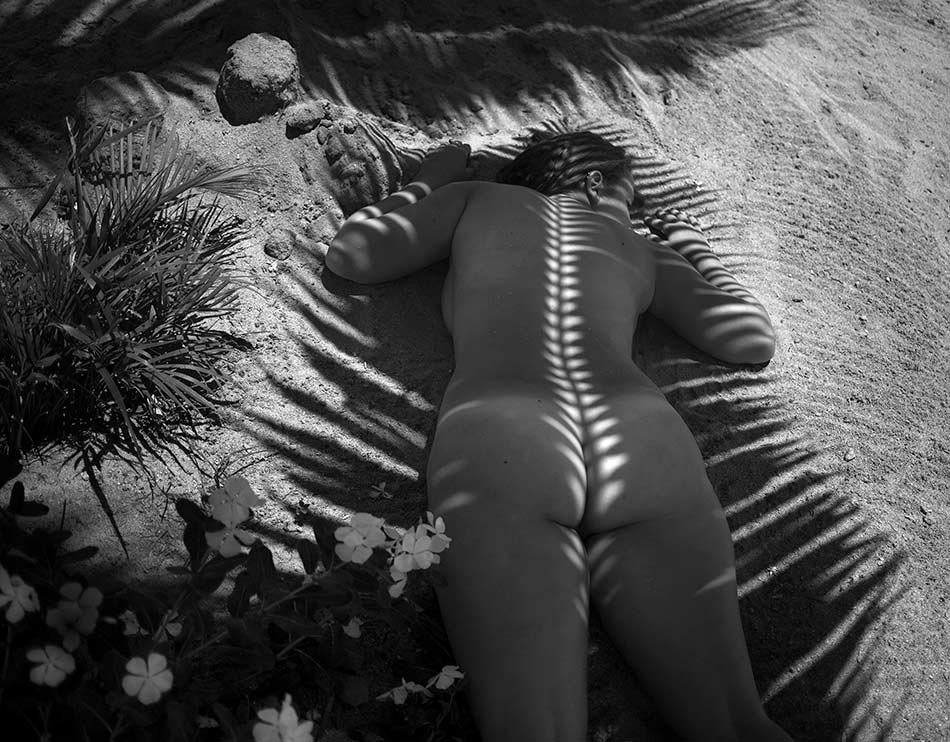
Copyrights to Daniel W. Coburn © All rights reserved
C.C: What is your “Becoming A Specter” project about?
Where did the idea come from?
D.W.C: I was thinking about the concept of family, and, like previous projects, this one references the family photo album.
For this series, I began to introduce images of close friends and my long-time partner into the mix of portraits.
I wanted the work to be more playful and performative.
I was thinking about my own mortality and the connection between the domestic and the celestial.
I do work that engages the history of photography, and some of these images contribute to a larger conversation started by photographers who have provided inspiration and influence during my life.
The project is very personal, and I hesitate to give a set of instructions on how to read the images. I strive to make images that pose a series of open-ended questions. My audience ultimately completes the work.
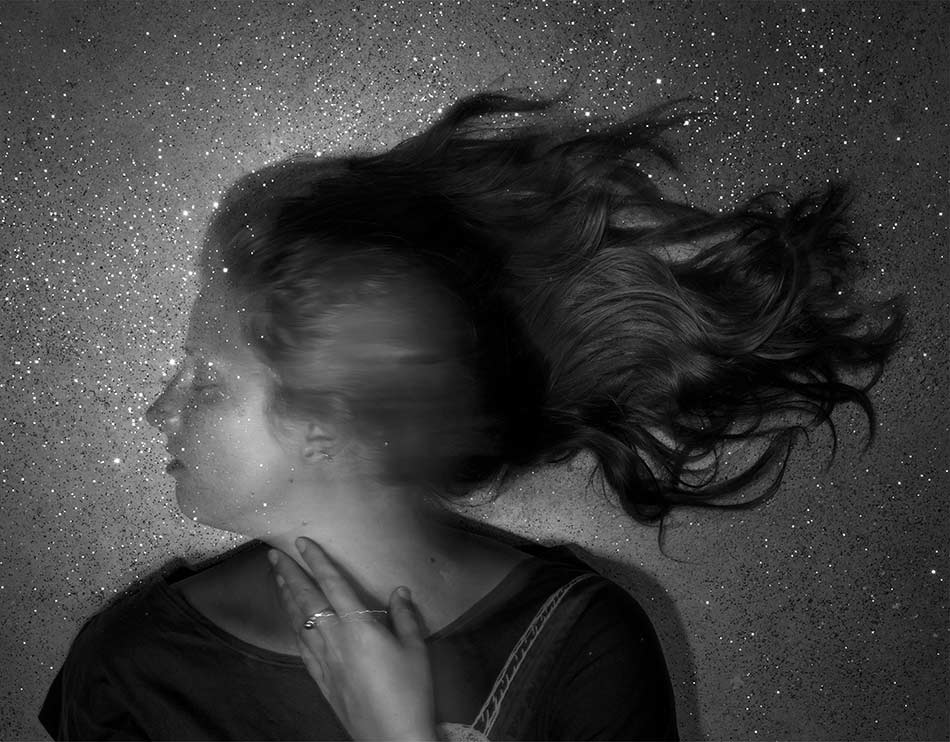
Copyrights to Daniel W. Coburn © All rights reserved
C.C: Some of your photos are simply named “Untitled” and numbered; why this way of marking your images?
d.w.c: I believe that photography is a language – one that proclaims, asserts, and raises questions in a way that is vastly different from written or verbal expression.
In this series, I chose not to provide titles that might lead a viewer to a specific meaning. Instead, I want the viewer to bring their history to the images and find personal definition or interpretation. I want my viewer to become more of a participant in the work.
C.C: Water seems to be a key element in your compositions.
Is there a special meaning of it for you?
d.w.c: I was living in coastal Mexico when I made the majority of these images, so it makes sense that many of them contain images of water. For me, water can represent physical or spiritual cleansing.
My photography has provided a means for me to explore the darker side of my family life. In a way, the camera has allowed me to exorcise some of my demons. In some cases, the water represents an opportunity for reflection and redemption.
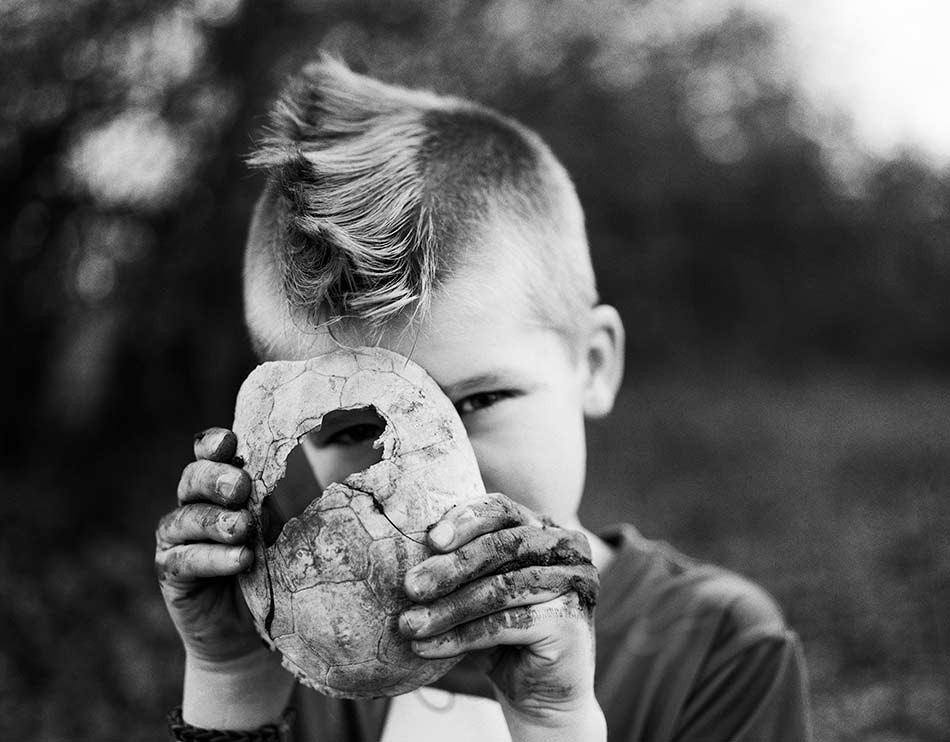
Copyrights to Daniel W. Coburn © All rights reserved
C.C: If I am not wrong, you are currently an Assistant Professor of Photo Media at the University of Kansas; what do you teach your students? How do you “inspire” them with the passion and the love for photography?
d.w.c: In the Spring of 2018, I accepted a position as a faculty member at the University of Sydney, where I am now a Lecturer of Contemporary Art with a specialization in photography. I try to bring spirit and passion into the classroom.
I love photography, and I hope my enthusiasm is contagious. I come from a humble place— I was born into a working-class family, and my brother and I were first-generation college graduates.
I hope I can nurture my students toward a rewarding career as an artist and photographer by helping them identify their own set of values, and by sharing my own experiences.
C.C: Another important project of yours is called “The Hereditary Estate”; tell us a few words about it, please?
d.w.c: As an adult, I discovered a legacy of alcoholism, suicide, and domestic violence that had haunted my family history for generations. Later I would understand that this history had been intentionally omitted from my family album. I think of The Hereditary Estate is a poetic investigation of family trauma.
The series is comprised of my images and images that I have collected. These pictures are a tangible manifestation of memories that I acquired on my journey to adulthood.
The book is designed to function as a potent amendment to the family album assembled by my ancestors.
It is designed to encourage a conversation about important topics related to family relationships.
I hope that this resulting conversation might begin to stop generational cycles of domestic trauma and abuse.
C.C: What is the meaning of the word “photography/picture” for you? What do you think about when you hear these words?
d.w.c: The word “photograph” is translated from Greek roots: It means “light drawing.” This concept is critical to my creative practice because light plays an integral role in creating a narrative in my photographs. I take time to carefully consider the value of photography in an age dominated by cinema, video, and computer animation: The photographer uses light as a material to trace a segment of time.
Photographs enable viewers to examine and scrutinize that segment of time in perpetuity.
The photograph presents a territory where the invisible becomes visible, and the ephemeral becomes crystallized.
The photographic object provides a completely unique method of examining the world around us. Despite all of our technological achievements, these facts remain the same.
C.C: Many of those days, photographers are using computer software to retouch and manipulate their images. But how about you?

